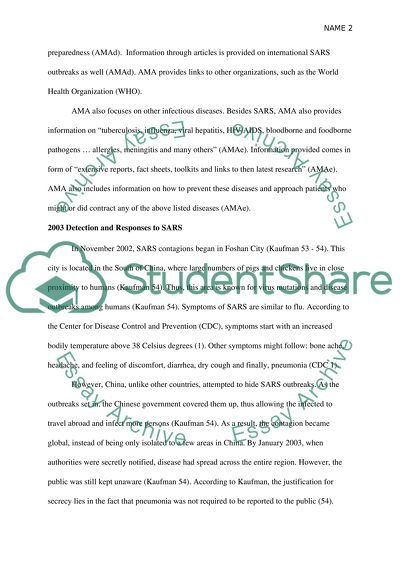Cite this document
(“SARS Treatment Methods Research Paper Example | Topics and Well Written Essays - 3250 words”, n.d.)
Retrieved de https://studentshare.org/history/1403059-sars-treatment-methods
Retrieved de https://studentshare.org/history/1403059-sars-treatment-methods
(SARS Treatment Methods Research Paper Example | Topics and Well Written Essays - 3250 Words)
https://studentshare.org/history/1403059-sars-treatment-methods.
https://studentshare.org/history/1403059-sars-treatment-methods.
“SARS Treatment Methods Research Paper Example | Topics and Well Written Essays - 3250 Words”, n.d. https://studentshare.org/history/1403059-sars-treatment-methods.


